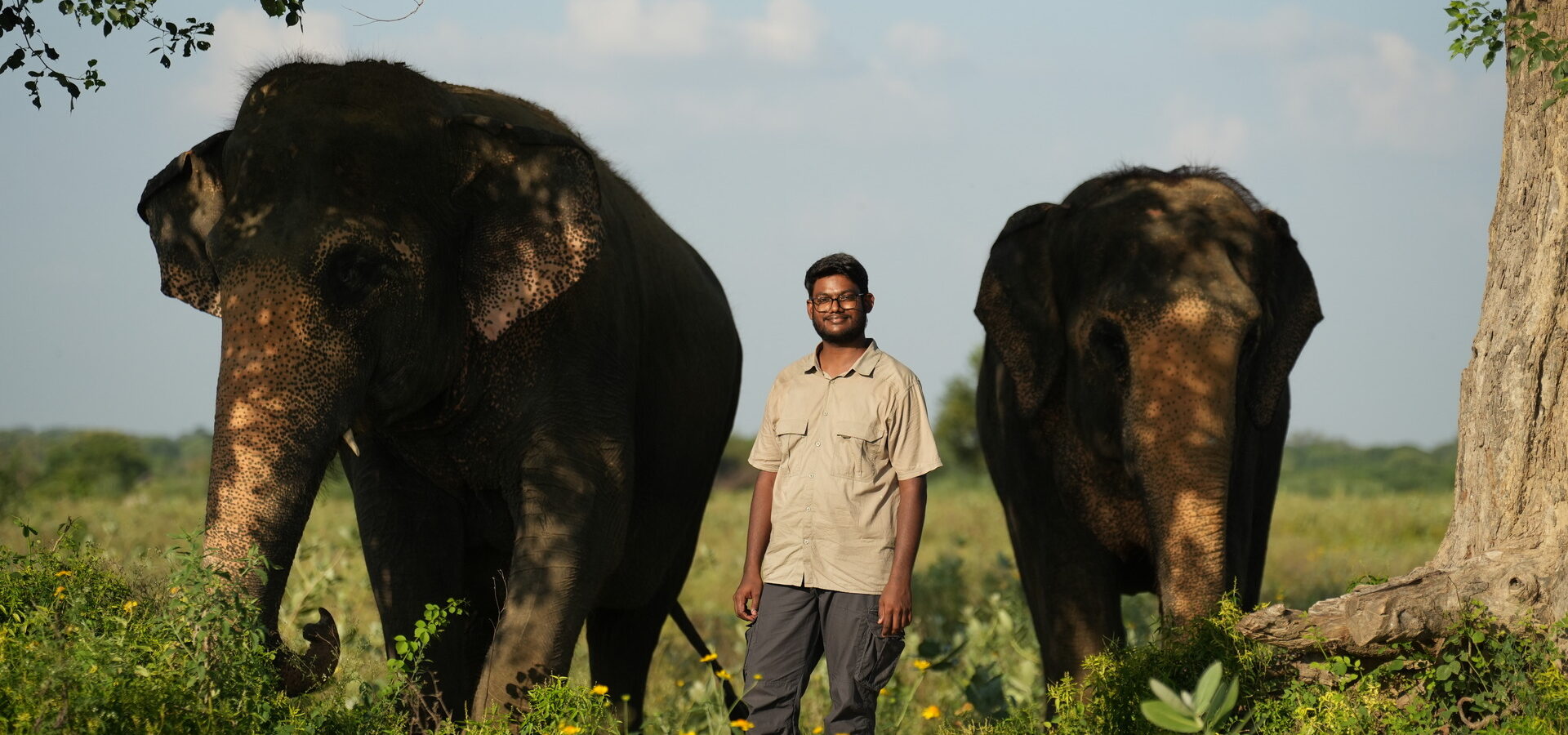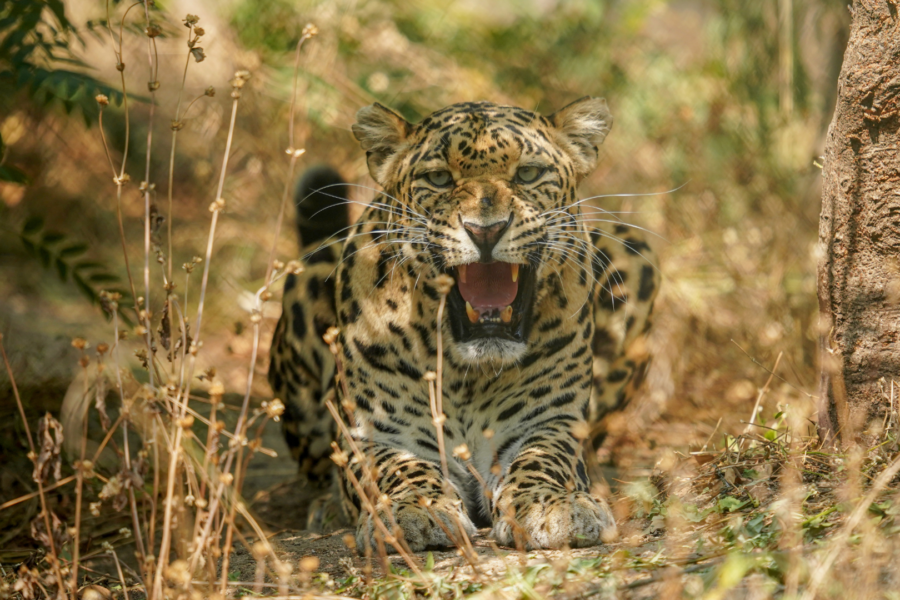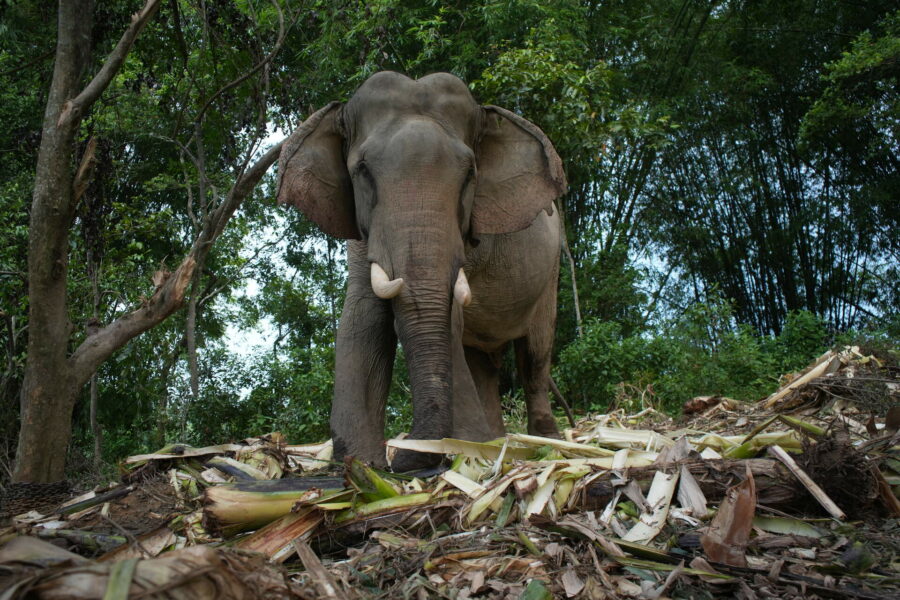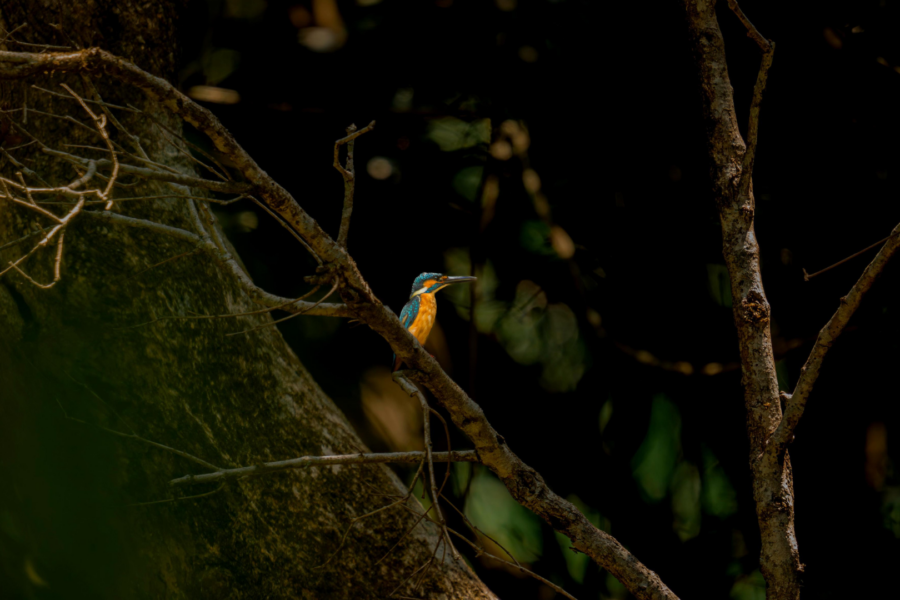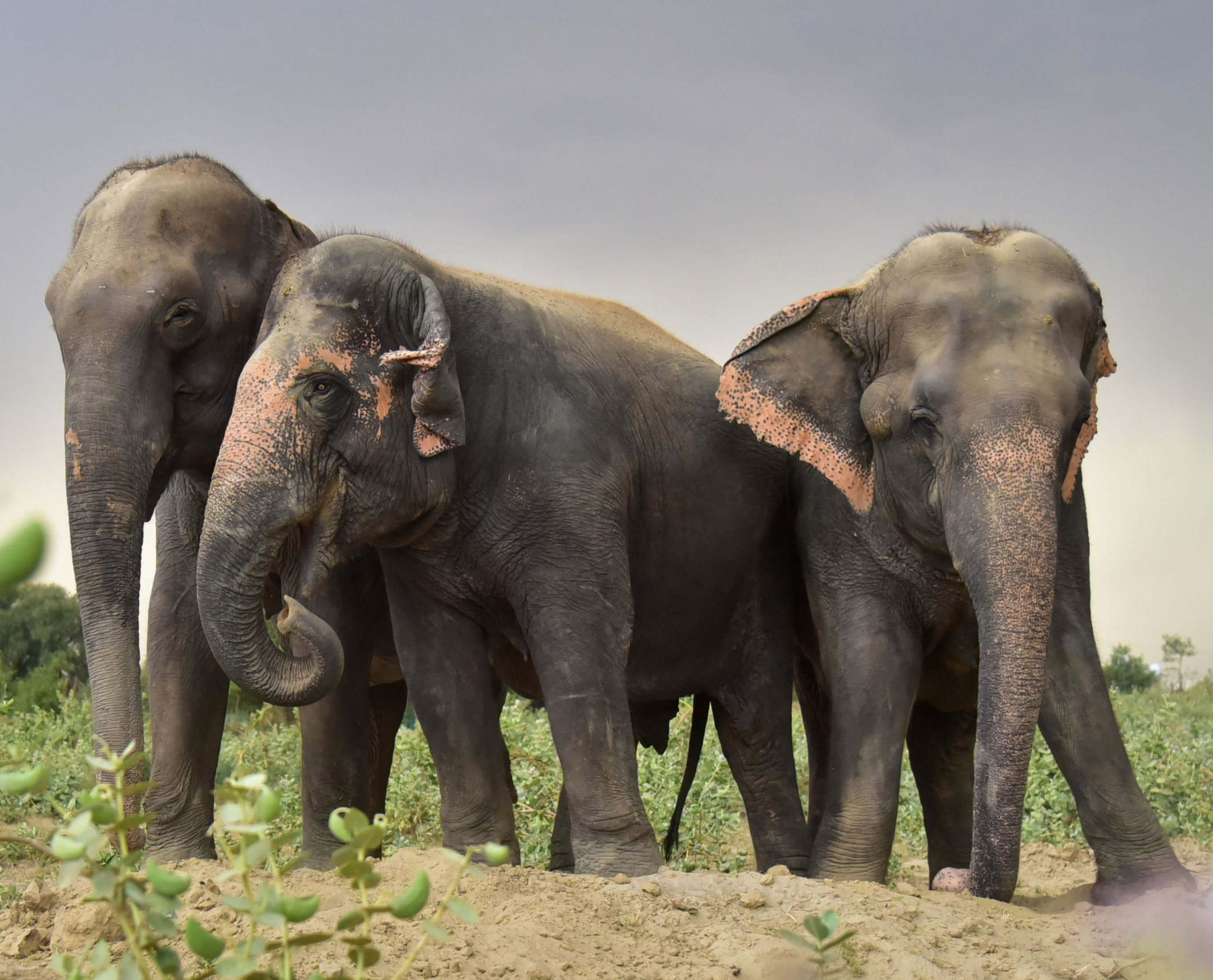As the line between cities and forests blurs, a special kind of magic, infused with an unbreakable will to nurture and protect the voiceless, is what animal lovers seek. A magic borne not of myths or miracles, but by people whose passion transforms the ordinary into something truly extraordinary. For seven remarkable years, Srinu Srikanta Maharana, a beloved biologist, has been that magic for Wildlife SOS.
When Srinu came across the African proverb “Until the lion learns to write, every story will glorify the hunter”, he perhaps did not realise that soon he will make it his life’s mission to rewrite that story — to bring to light the unheard voices of the wild and ensure that every living being has a place in the narrative.
With a radiant nature, Srinu — a biologist, a mentor, and an innovator — quickly became a cherished member of our team. With his expertise in ethology, endocrinology and genetics, Srinu has actively participated in conducting numerous research studies with Wildlife SOS that reflect his passion and intelligence. The boundless curiosity he has since his childhood are reflected in his venture to unravel nature’s language, making Srinu follow a path lit by his own illuminance. So, let’s step into Srinu Srikanta Maharana’s world— where science meets soul, and where our sloth bears tell a tale that only Srinu can decode!
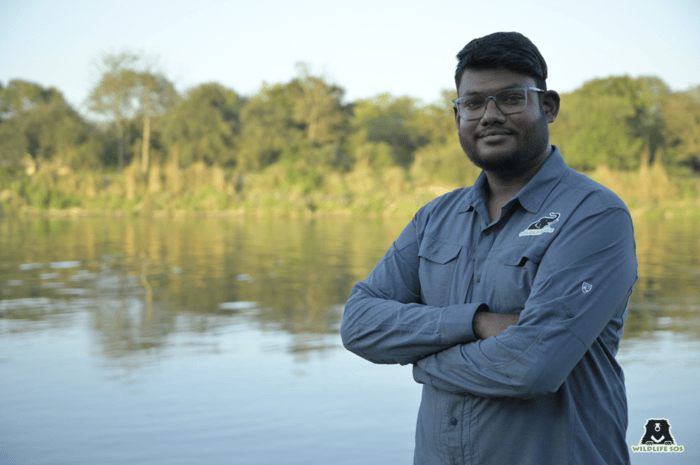
- What sparked your interest in the field of biology?
My interest in biology started when I was about nine years old. I remember seeing my school teacher carefully rescuing an injured snake and nursing it back to health. Watching his compassion and respect for the reptile sparked a deep curiosity in me. The sense of connection and responsibility I felt towards that tiny creature became the seed of a lifelong fascination with wildlife and the natural world.
- What drew you to join Wildlife SOS?
I had been an admirer of Wildlife SOS’s work for years, especially their never-ending efforts with sloth bears. Watching a documentary about their bear rescue and rehabilitation programme was a defining moment for me. Seeing their dedication and the concrete impact they had on these animals’ lives made me want to join this organisation that combined research, rescue, and rehabilitation so effortlessly and effectively.
Another reason was the leopard relocation effort, a project that stands out to me till this day. A leopard had wandered into Agra, creating chaos and mayhem amidst the local people. Our team safely relocated it to a protected forest area. It was an unforgettable experience. Watching it cautiously step into its new habitat and then leap into the wilderness was a moment of pure joy and satisfaction. It was then when I felt like this was the perfect place to channel my passion.
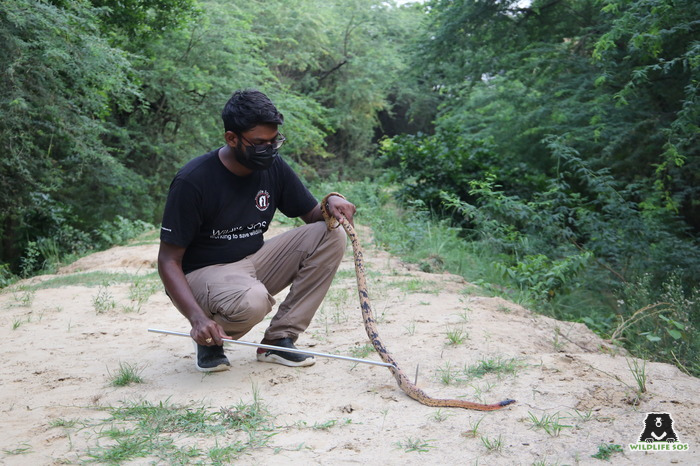
- What’s the most rewarding part of your work?
The most rewarding aspect is earning any rescued animal’s trust. Through operant conditioning, we try to help them participate in medical procedures willingly. Despite their hardships and painful past, seeing them slowly come out of their shell of fear and anguish is a deeply fulfilling process. Also watching them enthusiastically engage with cognitive enrichment activities that I have personally designed or solving puzzles or exploring new stimuli — all are equally rewarding for me!
- Since you are so fond of animals, have you ever had a pet? Also, which is your favourite animal among all at the Wildlife SOS centres?
Well, unfortunately I didn’t have any pets growing up, although for a little while we had a quaint aquarium with a few fishes. I would absolutely love seeing them swim across. Animals have always been my happy place. So you know how tough it would be for me to select one animal that’s my favourite!
But if I had to choose, it would be Kanchan, a blind sloth bear in our Agra Bear Rescue Facility (ABRF). Despite her blindness, she navigated her environment with remarkable calmness and poise. She was truly an inspiration to me and I only hope I made a difference in her life as she did to mine.
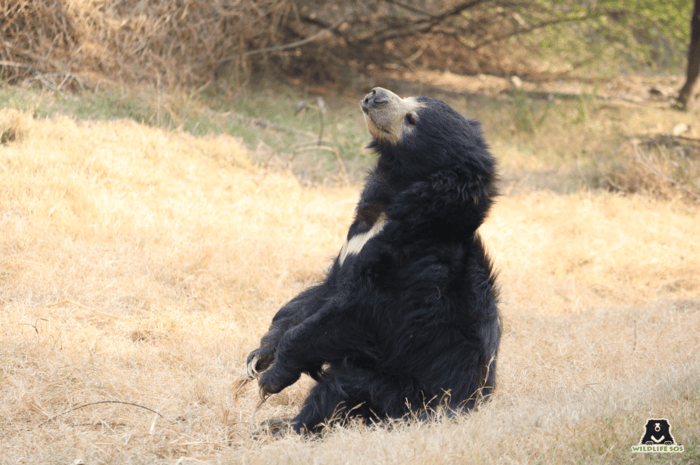
- If you could be any animal for a day, which one would you choose?
I’d absolutely love to be a sea turtle! Gliding through ocean currents, exploring the ethereal coral reefs below, and experiencing the underwater world from a turtle’s perspective would be an incredible adventure for me.
- Apart from your love for work, what are your hobbies?
I’m passionate about painting and nurturing my little personal garden. I also love reading, especially books about nature, wildlife, and human-animal connections. Whether it’s science fiction or self-help, those books have a way of sparking ideas that often enrich my work and my inner-self. I also enjoy bird watching and photography as well! The most breathtaking shot I’ve captured is of a wild king cobra, its hood flared and glossy scales glinting in the sunlight.
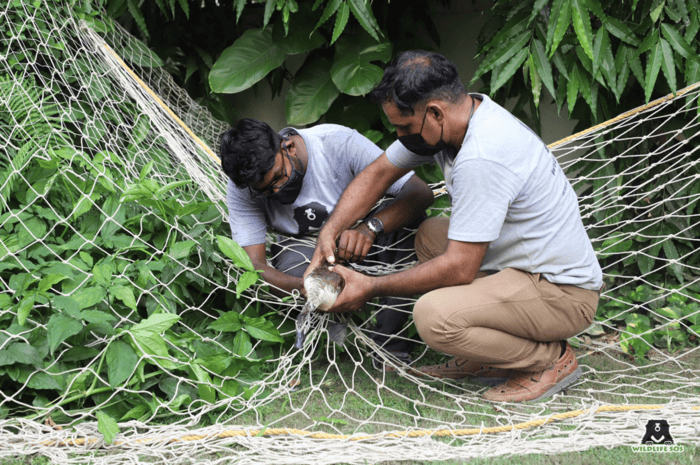
- Do you have a favourite bird species?
The Himalayan monal is my favourite bird species so far. Its iridescent plumage, with shimmering hues of blue, green, and copper, is absolutely breathtaking! Its existence is a spellbinding symbol of the rich biodiversity found in high-altitude ecosystems. I’m still chasing the perfect capture of a Himalayan monal in full display, its feathers gleaming in the morning light would be a dream shot, and hopefully I might have it soon.
- What’s a fun or quirky habit of yours that your colleagues might find surprising?
I have full-on conversations with animals in the field. It’s my way of connecting with them—and yes, I believe they understand me in their own way! It might sound odd, but animals pick up on your tone, energy, and intent. There have been moments when I’ve spoken to them, and their responses through body language or behaviour felt like a real conversation. It’s magical in its own way.

- What’s the best advice you’ve ever received? And would you like to share any of your own advice for aspiring wildlife enthusiasts?
One of Wildlife SOS’s revered veterinarians, Dr. S. Ilayaraja, observing my potential, advised me to always “stay curious and patient”. In wildlife work, things rarely go as planned, and adaptability is key. Staying curious, being patient, and never stopping to learn — these are the mantras for any successful career out there, not just wildlife. Always remember, even small actions can make a significant difference. Most importantly, love what you do—the challenges will feel like part of the adventure.
- If you could solve one major challenge in wildlife conservation, what would it be?
Undoubtedly, it’d be the growing dangers of human-wildlife conflict. As human populations continue to grow, encroachment into their natural habitats increases, often leading to conflict that harms both humans and animals. If I could, I would help find sustainable solutions to balance the growing demands of mankind and the crucial protection for wildlife habitat for long-term conservation.

Srinu’s dedication to understand and protect the wild has deeply inspired those who have met him. His journey is not just one of research and discovery, but of forming a deep connection with the land, with all the life forms that call it home, and with the delicate balance that holds it all together. His story is filled with chapters that may seem almost otherworldly — conversations with animals, understanding how to keep them engaged, and the strong desire to fulfill wildlife needs. His sensitive understanding shows us a promising future for wildlife conservation, one guided by passion, wisdom, and a deep reverence for nature.
You too can make an impact and become a wildlife warrior! Wildlife SOS has been involved with several projects to protect wild terrains such as clean-up drives, awareness workshops, research initiatives and ‘Rewilding the Wild’ and many more that have helped nurture wild species. Support our efforts for wildlife conservation by making a donation towards our cause!
To know about our ongoing efforts towards wildlife conservation, make sure to subscribe to our newsletter!
Feature image: Mradul Pathak/ Wildlife SOS

